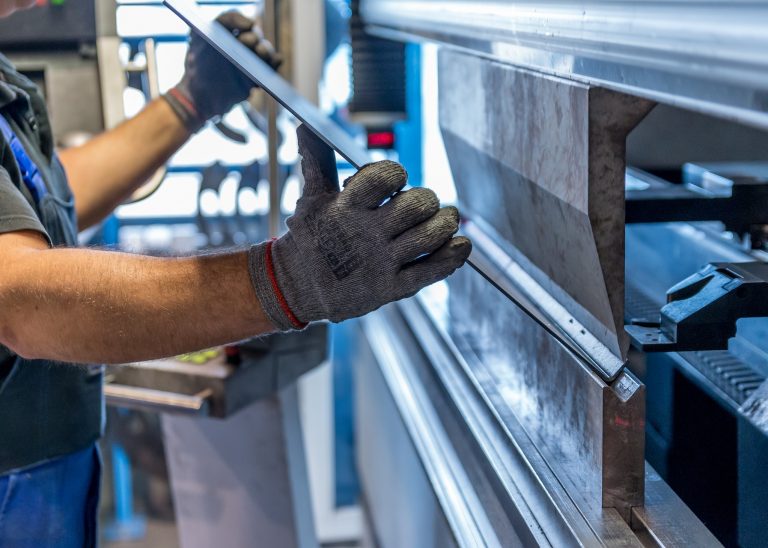For institutional tech commercialization professionals, reaching out to industry tech scouts poses many challenges. Corporate tech scouts are bombarded with messages from technology transfer offices, specialized networks, technology search consultants and people promoting deals—all of which compete with your message.
So, when they do take a tech scout finally does take a look at your message, how do you increase the probability of follow-through?
Here are 3 tips to motivate tech scouts to respond.

1. Keep the message brief.
Your technology summary should be succinct, should fit on one page, and your development needs should be stated clearly. Illustrating your message with a table, chart or image is also helpful. If there’s anything else that’s essential to communicate but requires a lengthier explanation, include is as a link to save space.
2. Describe both the technology & its competitive advantage.
Though simply summarizing the technical part of the innovation may register in the tech scout’s mind, highlighting its competitive advantage help the scout to make a far more memorable connection.
Example 1: Reduces toxic solvent use by 35% with no increase in production costs
Example 2: Single inoculation eliminates patient compliance risk
Example 3: Better durability of coating increases accessible market 300%
3. Lay out next development steps with associated estimates of time, money, and other resources.
Tech scouts are just like the rest of us, they’re trying to manage time efficiently, and that means figuring where to spend time and money. That being said, the more clearly you can outline the working plan for transfer, development, and commercialization of your technology, the more likely the tech scout is to follow up with you.
First, summarize the development steps in broad strokes, with associated estimate of time & money.
Example 1: Follow-on bench testing of service life; 4
to 6 months; cost of $25K – 30K
Example
2: Build larger capacity demonstration tool; 8 months; cost of $100K
Example
3: Write protocol for 510(k) study for Class II & III medical device; cost
of $50K
Writing next steps for a technology might seem harder than for a startup, so treat it as a technology startup! If you’re not sure what the next steps are, drop the PI an email and ask for how the team would use a $500K grant in three or four bullet points.
Last but not least—early-stage companies that are licensees or research partners of your institution are a great way to showcase the commercial focus of your institution’s research activities and the IP coming out of it. We’ll walk you through how to leverage your spinouts and startups to bring more industry inquiries in this free eBook.



